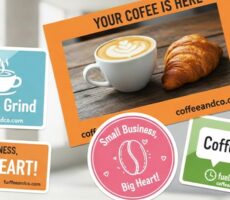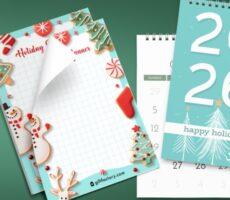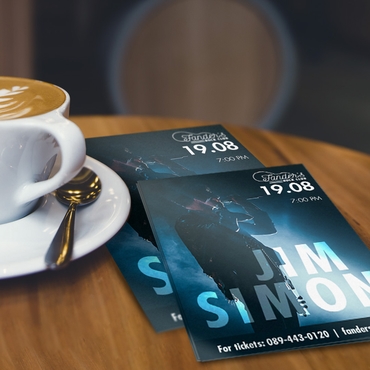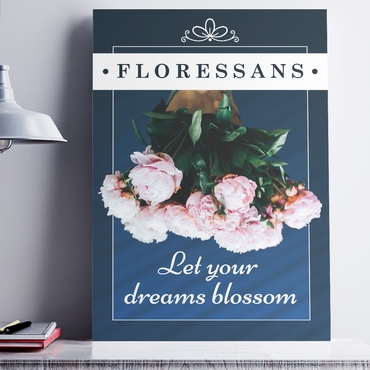The Real Question Behind Every Local Campaign
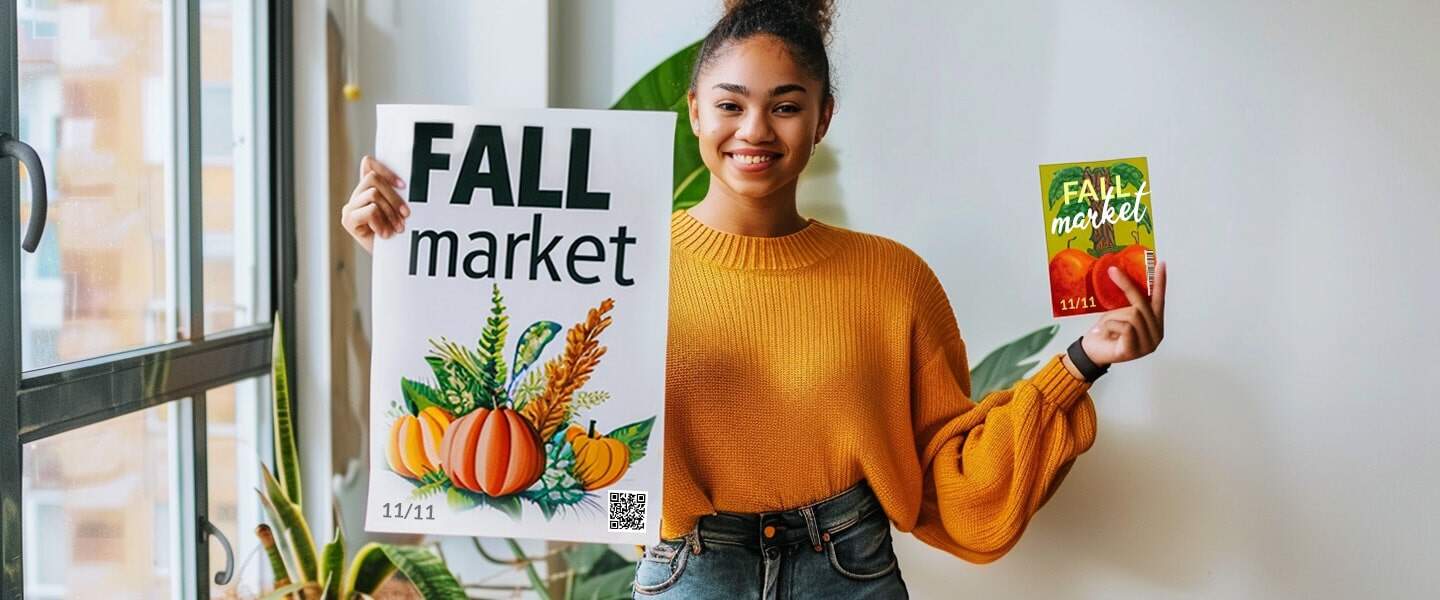
When you’re planning a local campaign—an event, a promotion, a new launch, you always hit the same question: poster vs flyer… which one actually works better?
Here’s the quick answer:
-
A poster is a large print designed for visibility and awareness.
-
A flyer is a small handout designed for engagement and action.
The difference may look small, but choosing the wrong format can lead to wasted budget, fewer visits, and a message people simply overlook.
In this guide, you’ll learn the key differences between posters and flyers, when to use each, design tips, real examples, and how to combine both formats for maximum impact.
What Is a Poster?
A poster is a large-format print—often 11×17, 18×24, or 24×36—displayed on walls, windows, boards, or doors.
Its goal: grab attention from a distance and build recognition.
Use posters when you want to be seen, not necessarily read in detail.
If you’re planning a campaign soon, explore poster printing.
What Is a Flyer?
A flyer is a smaller print piece—often 8.5×11 or half-size—that you hand directly to people, slip into bags, or mail locally.
Its goal: give people enough detail to take action.
Flyers are read up close, saved, folded, and used for offers, menus, reminders, and promotions.
Need an affordable handout? Try flyer printing.
Step 1: Understand the Core Difference
At first glance, posters and flyers look similar, both display your message in print. But their intended purpose, size, and audience behavior couldn’t be more different.
| Feature | Posters | Flyers |
| Goal | Awareness and visibility | Action and response |
| Best For | Events, campaigns, or brand storytelling | Promotions, coupons, handouts |
| Typical Size | Large (11×17, 18×24, 24×36) | Small (8.5×11, half-page) |
| Lifespan | Weeks to months | Days to weeks |
| Distribution | Displayed publicly | Handed or mailed directly |
| Design Focus | Impact and simplicity | Detail and persuasion |
Think of it like this:
- Posters are billboards for pedestrians.
- Flyers are your personal sales pitch in someone’s hand.
Related Blog: Postcards vs. Flyers: Which One Gets More Local Sales?
Step 2: When to Use Posters
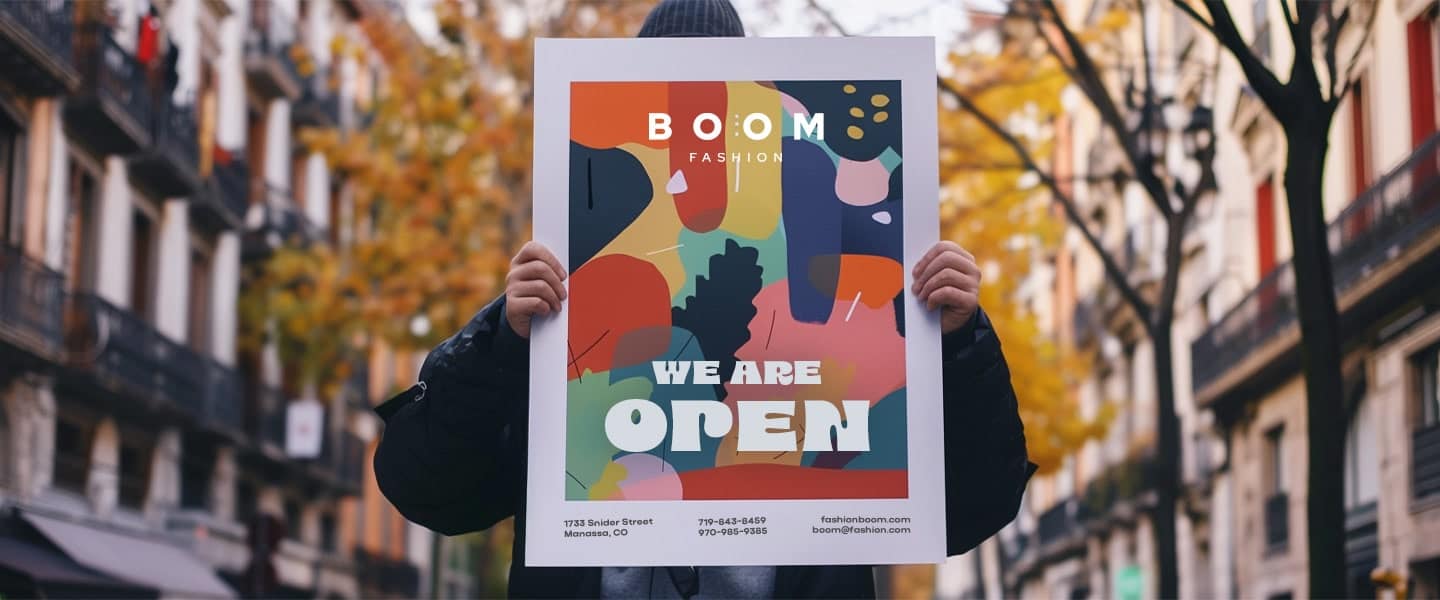
Posters Work Best When You Need Awareness
A poster’s job is simple: be seen.
Use posters when you need:
-
Strong visibility
-
Brand presence
-
Foot traffic awareness
-
Local buzz for events or openings
They’re ideal for:
-
Concerts & festivals
-
Storefront promotions
-
Event boards
-
College campuses
-
Retail sale announcements
Why They Work
Humans are visual creatures. Big images, bold headlines, and contrast naturally draw the eye.
A well-placed poster doesn’t just advertise, it becomes part of the local landscape.
Imagine your café’s new fall latte promo hanging at every college bulletin board. That’s passive marketing power — your brand in someone’s line of sight every single day. Related Blog: Retail Marketing That Pops: How to Use Posters and Bookmarks Creatively
Step 3: When to Use Flyers
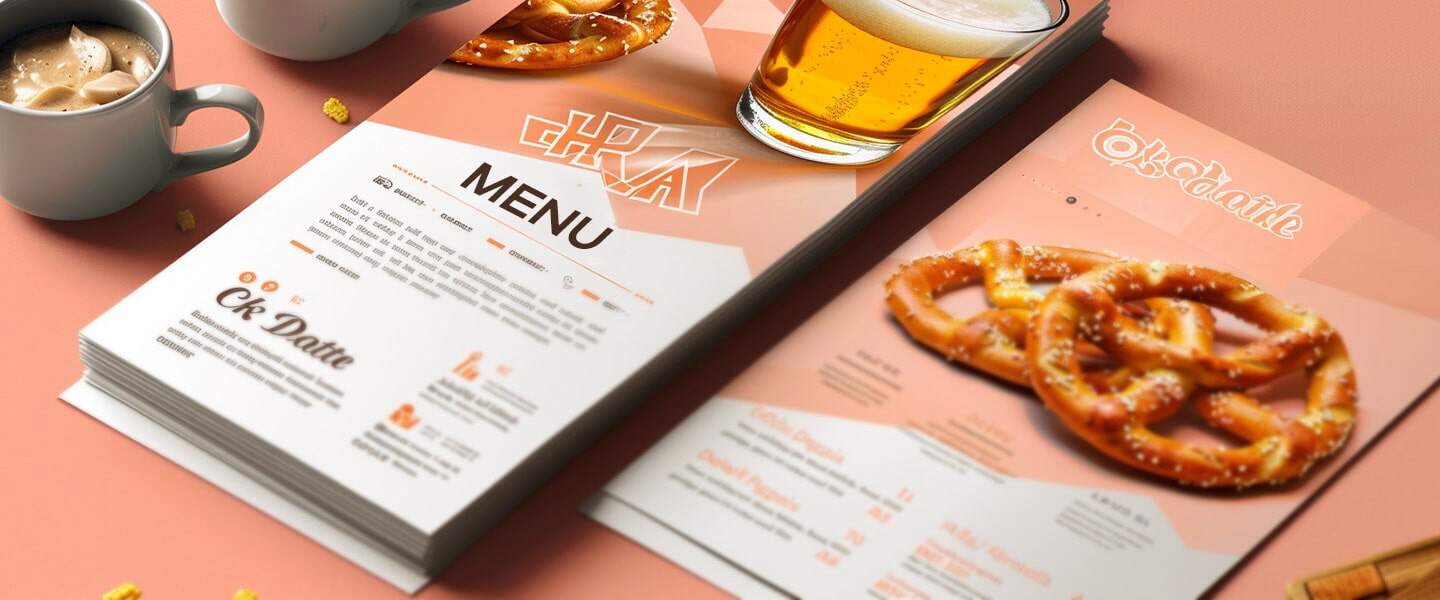
Flyers Win When You Need Engagement
A flyer shines when you need people to do something.
Use flyers when your goal is:
-
Coupons or discounts
-
Restaurant menus
-
Product launches
-
Local mailers
-
Event reminders
-
Trade show handouts
Flyers convert awareness into attendance, orders, or bookings.
Because they live in someone’s hand, bag, or fridge, they stick around longer than you expect.
Why They Work
Flyers are personal. People touch them, fold them, save them. They’re perfect for calls to action like “Show this for 15% off” or “Bring this to enter the raffle.”
They convert awareness into attendance, or curiosity into purchase.
Related Blog: Flyers That Sell: 7 Proven Tricks to Make Yours Convert
Step 4: Design Strategy, The Poster Mindset vs. The Flyer Formula
The biggest design mistake marketers make? Designing posters like flyers, or flyers like posters.
Each format needs a unique approach:
Designing Posters That Get Noticed
- Go bold. Think high contrast: dark backgrounds, light text, or vice versa.
- Less is more. Stick to one message — too much text kills impact.
- Use visual hierarchy. The headline should grab attention even from 10 feet away.
- Think location. Design for where your poster will hang: indoor lighting ≠ outdoor readability.
Related Blog: The Science of Color in Print: Colors That Sell
Designing Flyers That Drive Action
- Start with a benefit-focused headline. (“Get 20% Off Your First Visit.”)
- Balance visuals with copy. Flyers are read up-close, so storytelling matters.
- Add urgency. “Valid through October 31” or “This weekend only.”
- Always include a clear CTA. (“Scan the QR code to RSVP.”)
If you want ready-to-use layouts, check out Flyer Templates for Small Businesses.
Step 5: Distribution Strategy, Where to Place and How to Share
Where Posters Perform Best
- Community boards: coffee shops, gyms, libraries.
- Outdoor walls: college campuses, busy intersections.
- Storefronts: windows and entrances for high visibility.
- Events: booths, festivals, trade shows.
Use tape or reusable adhesive strips that won’t damage walls. Place posters at eye level for pedestrians, not just anywhere with empty space.
Where Flyers Perform Best
- Mailers: perfect for coupons or real estate promos.
- Checkout counters: pair with receipts or product bags.
- Street handouts: for high-traffic downtowns or festivals.
- Partner placements: team up with other local shops.
Related Blog: Rack Card Design Tips for Fall Festivals & Farmers Markets
Step 6: Measuring What Works
You can’t manage what you don’t measure. To find out which format drives results, add tracking elements to your campaign:
- QR codes linking to landing pages.
- Custom coupon codes per format (“POSTER15” vs. “FLYER15”).
- Dedicated phone numbers or URLs for each campaign.
After two weeks, review which source brought in the most leads or redemptions — that data can guide your next print run.
Related Blog: 5 Common Print Mistakes Small Businesses Make
Step 7: Combine for Maximum Impact
The smartest campaigns rarely choose one format, they combine both.
Example:
A new fitness studio uses posters for visibility around town. A week later, they distribute flyers with a “Bring this card for a free class” offer.
The posters plant the seed. The flyers close the sale.
Together, they create multiple touchpoints, a concept explored in 2025 Print Campaigns: Engage & Grow Your Brand Monthly.
Step 8: Cost, Quality, and Printing Tips
Printing costs vary, but here’s a general rule:
- Posters cost more per unit but cover more eyes.
- Flyers cost less per unit but require higher volume.
To maximize ROI:
- Print posters on durable, heavier paper stock.
- Print flyers on lightweight glossy paper for affordable mass handouts.
- Order in batches to reduce price per piece.
And don’t cut corners on design quality — print amplifies perception. Poor visuals make your message invisible.
Related Blog: A Complete Guide: Types of Paper for High-Quality Printing
Step 9: Real-World Examples
- Restaurants: Posters for daily specials at the entrance, flyers with coupons in takeout bags.
- Gyms: Posters for membership drives, flyers for class schedules.
- Event organizers: Posters for awareness weeks before the event, flyers for RSVP reminders closer to the date.
- Local retail: Posters for seasonal sales, flyers for loyalty discounts.
These examples echo strategies in Print Marketing for Retail: Low-Cost Ideas That Drive Foot Traffic.
FAQ: Poster vs Flyer (Based on Real Search Queries)
Q1. What is the difference between a poster and a flyer?
A poster is a large display meant for visibility. A flyer is a small handout meant for detailed information and action.
Q2. Is a flyer a poster?
No. Posters hang on walls and are seen from far away; flyers are distributed directly and read up close.
Q3. Which is cheaper: posters or flyers?
Flyers are usually cheaper per piece. Posters cost more but reach more eyes per location.
Q4. When should I use posters vs flyers?
Use posters for awareness, events, and storefronts. Use flyers for coupons, menus, reminders, and local mailers.
Q5. Can I use both posters and flyers in one campaign?
Yes—this is the most effective strategy. Posters attract attention; flyers convert it into action.
The Takeaway
Posters = visibility
Flyers = action
Together = results
When you want to fill seats, drive foot traffic, or promote a local event, the smartest move isn’t choosing one—it’s using both strategically.
Hang your posters where they’ll be seen.
Hand out your flyers where they’ll be remembered.
And watch offline attention turn into real-world results.


